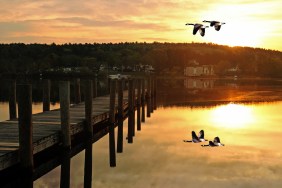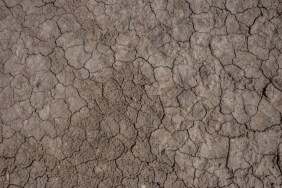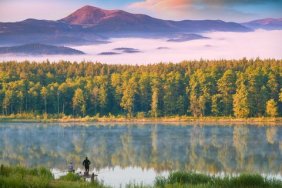 For many anglers, the word “prespawn” is defined by specific changes in fish behavior at a specific time of the year. However, many fail to realize just when exactly true prespawn action begins on the water. Taking initiative to get out on the water when the real prespawn starts, rather than just waiting for the spring weather to arrive in full, can mean the difference between more good days and bad days. Here are a few tips to achieve great success during the prespawn this year!
For many anglers, the word “prespawn” is defined by specific changes in fish behavior at a specific time of the year. However, many fail to realize just when exactly true prespawn action begins on the water. Taking initiative to get out on the water when the real prespawn starts, rather than just waiting for the spring weather to arrive in full, can mean the difference between more good days and bad days. Here are a few tips to achieve great success during the prespawn this year!
The true prespawn season begins once the winter winds die down and the days become longer and warmer. This warm weather stimulates activity throughout the food chain and lures bass from the deep waters they’ve spent the winter in out to the shallower areas. The first stage in this process occurs when bass start moving out of wintering areas and schooling on main lake points and ledges. Then, as the water temperature increases rapidly, they filter into secondary points and creek channels before heading to the flats to begin nesting.
You can intercept prespawn fish as they hold around lake ledges and major points. These early staging fish can be aggressive strikers and easy to catch, but they often go unnoticed by anglers who prefer to wait for them to move onto secondary points or into shallow water. They key to catching these fish as they migrate closer to spawning areas is to fish often as the days get progressively warmer.
While wide variety of lures will work during the prespawn, I like to throw a crankbait, jig-and-pig, or spinnerbait when I want results. Which of these you’ll throw will depend upon the structure, but early in the season a deep-running crankbait works well because it gets down to where the fish are and covers a lot of water. Water temperature is a factor that has an effect on your lure choice and presentation. If the water temperature is below the 60-degree mark, you’ll want to use a slower presentation. If it’s warmer, choose lures that cover water more quickly.
Water clarity can make a difference, too. Spring rains can muddy shallows that held bass the week before, which causes many anglers to move to other areas in search of clearer water. Muddy water moves bass closer to the banks, though, where they can be caught on a jig or spinnerbait, especially when water temperatures are above 60 degrees.
One last tip for a higher success rate during the prespawn is to seek out unpressured fish. Probe areas that are overlooked by other anglers and you may stumble onto some great action.
Success during the prespawn means getting an early start on prespawn activity. Head out to the water before the majority of anglers and you’ll be able to utilize the tips outlined above to score big fish while most fishermen are still dusting off their gear.
.jpg?w=320)







